Authors: Katy & Sarah
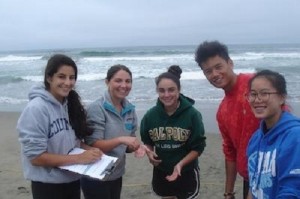 Do you know where sand crabs find love? Is there such a thing as a Match.com for sand crabs? It just so happens that there’s a great spot for sand crab love, and it’s along certain parts of Ocean Beach.
Do you know where sand crabs find love? Is there such a thing as a Match.com for sand crabs? It just so happens that there’s a great spot for sand crab love, and it’s along certain parts of Ocean Beach.
Ocean Beach isn’t only a great spot for sand crabs to find love, but it’s also a near many new Marine Protected Areas in California. The National Oceanic Administration Association informs us that California has established 120 new Marine Protected Areas (MPAs) that create safe environments for marine animals. MPAs conserve the nation’s cultural and natural resources and there are currently 437 MPAs in the United States. We wanted to study sand crabs on Ocean Beach so we could learn more about sand crabs and where they are most populated.
While researching sand crabs we found that there’s a difference in the abundance of female sand crabs with eggs along Ocean Beach. To summarize our data in the graph, we found that the north side of the beach has the most female sand crabs with eggs. This tells us that if we were to focus on protecting a certain part of the beach, we would consider protecting the north side from harmful situations more than the central or south side. By protecting the north side, we would be able to keep the sand crab population growing.
The Monterey Bay Aquarium states that seabirds and fish pose threats to sand crabs. The Wilson Journal of Ornithology also states that ravens pose a threat to sand crabs as well. To further our understanding of sand crabs, scientists could study what qualities of the north beach are attractive to female sand crabs with eggs. This information could help us improve beach management in California to enhance sand crab populations.
Our dataset, as a whole, had multiple limitations, including insufficient information on female sand crabs with eggs. This was due to only using one sampling date for every location. Using more dates would have increased the quality of our data, resulting in more informed results and a more detailed graph.
In conclusion, we discovered that there’s an unequal distribution of female sand crabs with eggs on Ocean Beach between northern, southern, and central locations. Knowing where the highest concentration of females with eggs are could be used to help conservationists or resource managers determine designated areas on the beach as an MPA site to protect sand crab populations. Information that could better our findings will hopefully progress with future data collection. While there may not be a Match.com for sand crabs, there’s definitely some sand crab love on Ocean Beach.





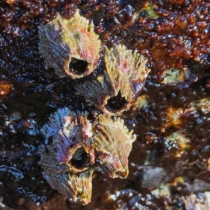
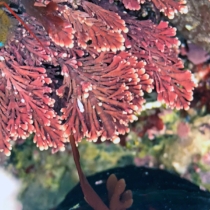

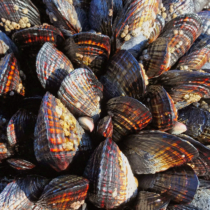
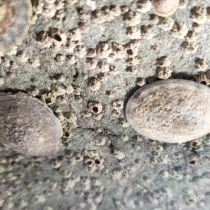
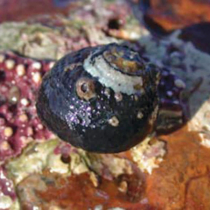

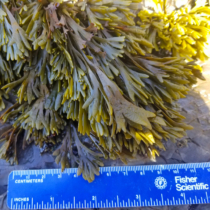
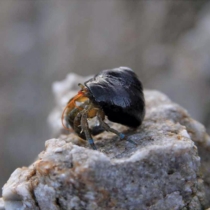
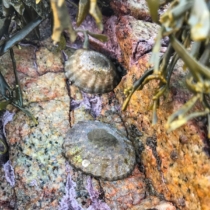
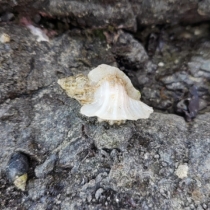
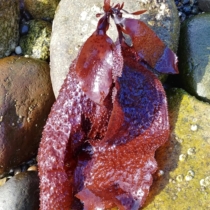
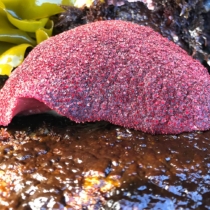

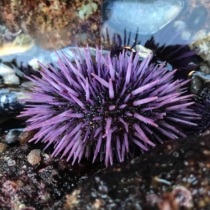
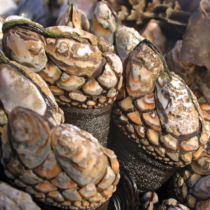
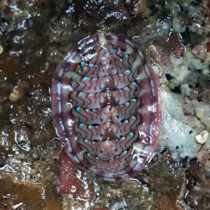
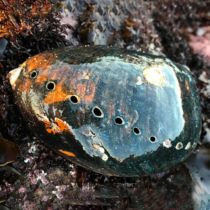
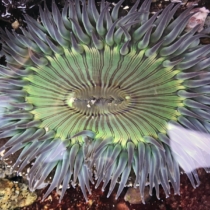
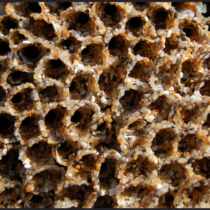
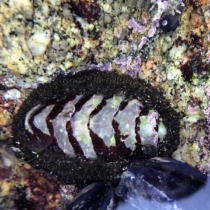
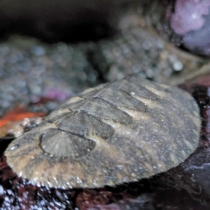
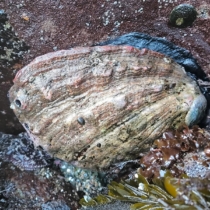


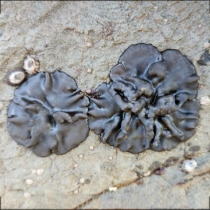
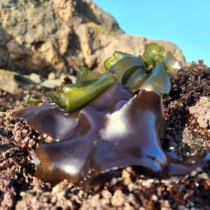
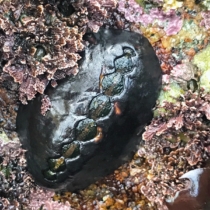
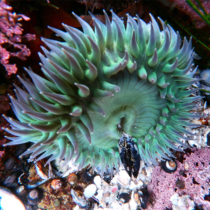
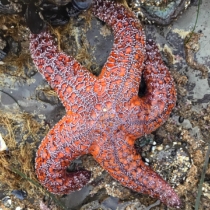
why do you think they are most abundant on one end of the beach? Is there a different level of protection/public use on the north vs central and south. Interesting findings, nice post!
Hi! I really like your blog, especially the title and how clear it is to read. The intro paragraph really drew me in and made me want to continue reading. I thought it was interesting how you connected sand crab mating to protecting certain parts of the beach; I think that’s a really good idea! How do you think we could protect specific parts of the beach from the birds and fish that pose a threat to sand crabs?
Katy and Sarah, I really liked the topic of your blog, and thought that your opening statement was really clever. Your research made me ponder if maybe the amount of resources is what attracts them to a certain area of the beach. In this case, there may be more food, or maybe less human obstruction and interaction at North Ocean Beach. Just a thought.
Overall, I think you guys did great research, especially since you tackled an important issue. Your findings could help conservationists protect the areas with the most sand crabs, and that’s really neat. I’m sure your work is appreciated by the marine bio community.
Dear, April, Tess, and Emily
Really nice information. I think it is very nicely presented and I like how you tied an issue about the huge oil spill that effected the marine life around us, the San Francisco Bay. One question I have is wear you pulled your data from. Was the data only from Bishop O’Dowd High School or from a numerous amount of different high schools. Other than that I think the data is very clearly shown.
Sincerely,
Anne Carper
Hi,
Great blog! I noticed you mentioned that seabirds and fish pose threats to the sand crabs due to predation. How do you think this acts as a factor for where sand crabs mate most? Is this a factor that you are able to control? My group’s investigation corresponds well with your data. We decided to look at the population of female sand crabs with eggs and how that population has varied over the duration of ten years. One way our groups’ topics correlate with each other is the fact that we share the same limiting factors. In our study we only used information collected by Bishop O’Dowd students. Did you as well or did your group include all schools that sampled at Ocean Beach? After completing my group’s project, it’s interesting to find out where the female sand crabs with eggs are most abundant along the shoreline. I also agree that the information collected regarding where the sand crabs are most copious can be vital in helping protect that area of the beach in order to keep the sand crabs alive and growing. I found your blog captivating and thought-provoking!
Sincerely,
Hannah Wruck
Hi,
The title to this post is very interesting, it makes me want to continue reading. My group conducted research about the overall abundance of sand crabs at rural and urban beaches. We found that in more rural places the abundance of sand crabs was higher.
Do you think that the north side of Ocean Beach is more remote, or has less access to it, than the south or central side?
Overall, I liked the flow of the post, good job.
Hi Katy and Sarah,
I thought that your blog was very informative and well written. In my own research I saw that where the crabs were most abundant was in the north section. This probably has to do with the fact that in that section it is most abundant in female sand crabs and eggs. I think its interesting because the north section is where human activity is most common. I wonder why the sand crabs choose to settle there more than other areas.
Hi Katy and Sarah,
I thought that your blog was very informative and well written. In my own research I saw that where the sand crabs were most abundant was in the north section. I think this may have to do with the fact that many of them are female sand crabs with eggs which greatly contribute to the growth of the crabs. Its also really interesting that the north section has the most human activity so I wonder why it chooses to settle there as oppose to the other sections.
– Andrea
Dear Katy and Sarah,
I read your sand crab blog and I thought it was fabulous and well expressed. I really enjoyed how you guys both took a position expressing the need for more regulation and protection for the sand crabs. I also really enjoyed how the beginning of your post reels the reader in with match.com for the sand crabs, and then becomes more serious.
I think what you had to say was extremely important because the sand crabs are an important species and being able regulate the population and protect the sand crabs can significantly provide an equilibrium within the marine community.
My partner and I also concluded very similar results and we can agree that it seems like there is a good balance within the sand crab population but the most abundance of crab were found in North Ocean beach.
This blog post expands my knowledge of sand crabs and elaborates on my experimental findings because your blog post talks about what MPA’s are and what they are doing to the sand crab population. Knowing this, we can conclude that these MPA’s are extremely significant and successful because there is a good balance of sand crab population.
Your article provided additional information that helped filled in a gap in my sand crab research which significantly expands my knowledge of sand crabs. Great job on your blog post and your analysis of protecting the sexy areas of the beach!
-Simone
Katy and Sarah, I like your blog! I thought that the topic was very interesting, and you presented your data in a very reader-friendly way. Using questions in the introduction was a good way to pull the reader in and have them gain interest in your topic. What I found was really interesting was how drastic the difference in the number of female crabs with eggs was between the north side and the other two areas. Do you think that the distribution of male crabs on the beach could have an affect on where females with eggs are found, as males may attract females? Overall I think that this is a great blog and introduces an intriguing idea that would be interesting to investigate further.